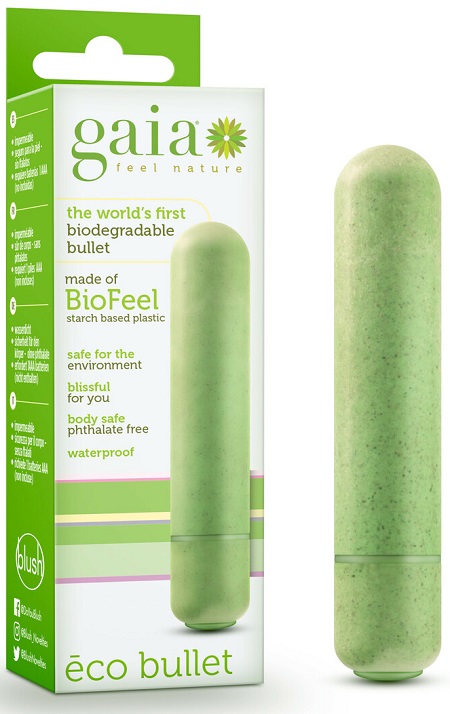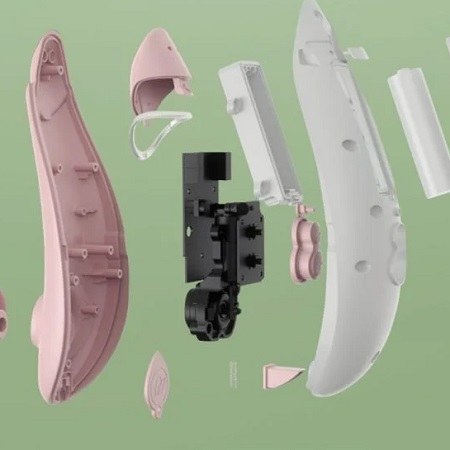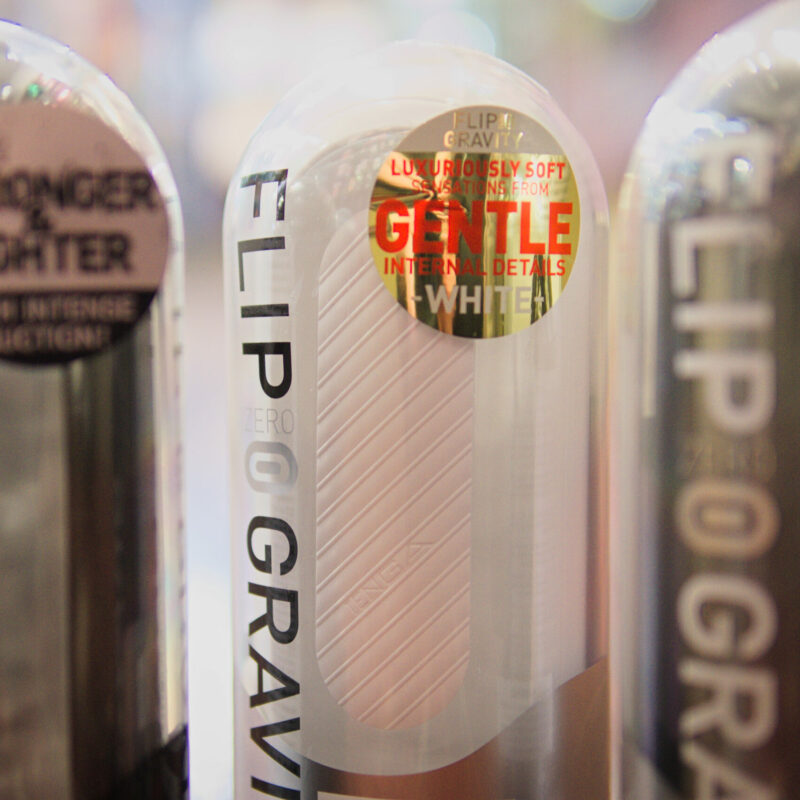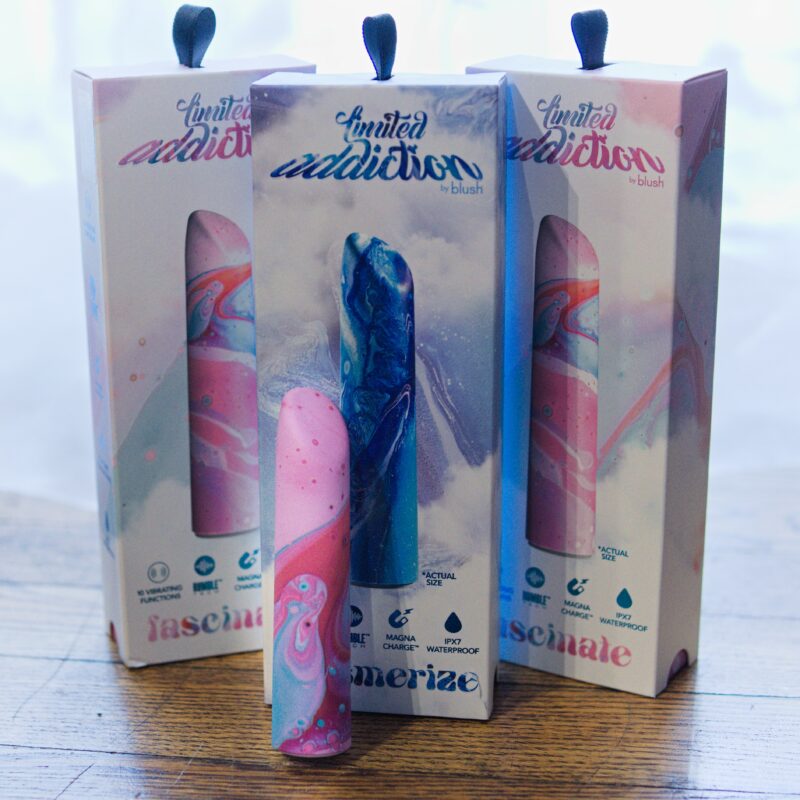Friday Focus: 07.02.21

I have heard a great deal of excited feedback regarding the new Womanizer Premium Eco. In a direct response to that, I brought some Gaia bullets from Blush (this line is actually markedly older than the Eco). I thought about doing a general overview of one or the other of these products, and I still may in the future. Today, however, I want to look at the plastic! To start, the term “bioplastic” doesn’t refer to an ability to biodegrade, rather the materials they are made from to start with. For a material to be classed as a bioplastic, it needs to be derived from biomass rather than fossil fuels, so the definition is actually quite broad. Both WOW Tech and Blush went with the starch-based PLA (polyactic acid) for their bioplastic products, so we can focus on that.
PLA is both compostable and carbon-neutral, though it does require specialized high heat composting to biodegrade at the speed of regular organic matter. In short, in a landfill or garden compost, PLA is going to linger for quite some time. When end of life comes for these toys, owners will want to find a disposal company in their area that is equipped compost them properly. That said, even if disposed of in a traditional landfill, overall emissions from breakdown of PLA is significantly less than is measured in traditional plastics. Following that same train of thought, bioplastics cannot be recycled with traditional plastics! They can be recycled, but the process is different and the two do not mix. Similarly to composting, one would need to check locally to see if recycling of PLA is available before putting it, separately, in the recycle bin.
In short, bioplastic is, in fact, easier on the environment to create and break down. It does require specific services for optimal disposal or recycling, so some research may be required when your toy reaches its end of life. I would like to think that by the time this first generation of items reaches that finish line, disposal will be more readily available and better publicized. Bioplastics, as a rule, not less durable than traditional plastics. I did, however, learn they are far less likely to cause allergic reactions than fossil fuel derived plastics. That is an unexpected and delightful benefit!




